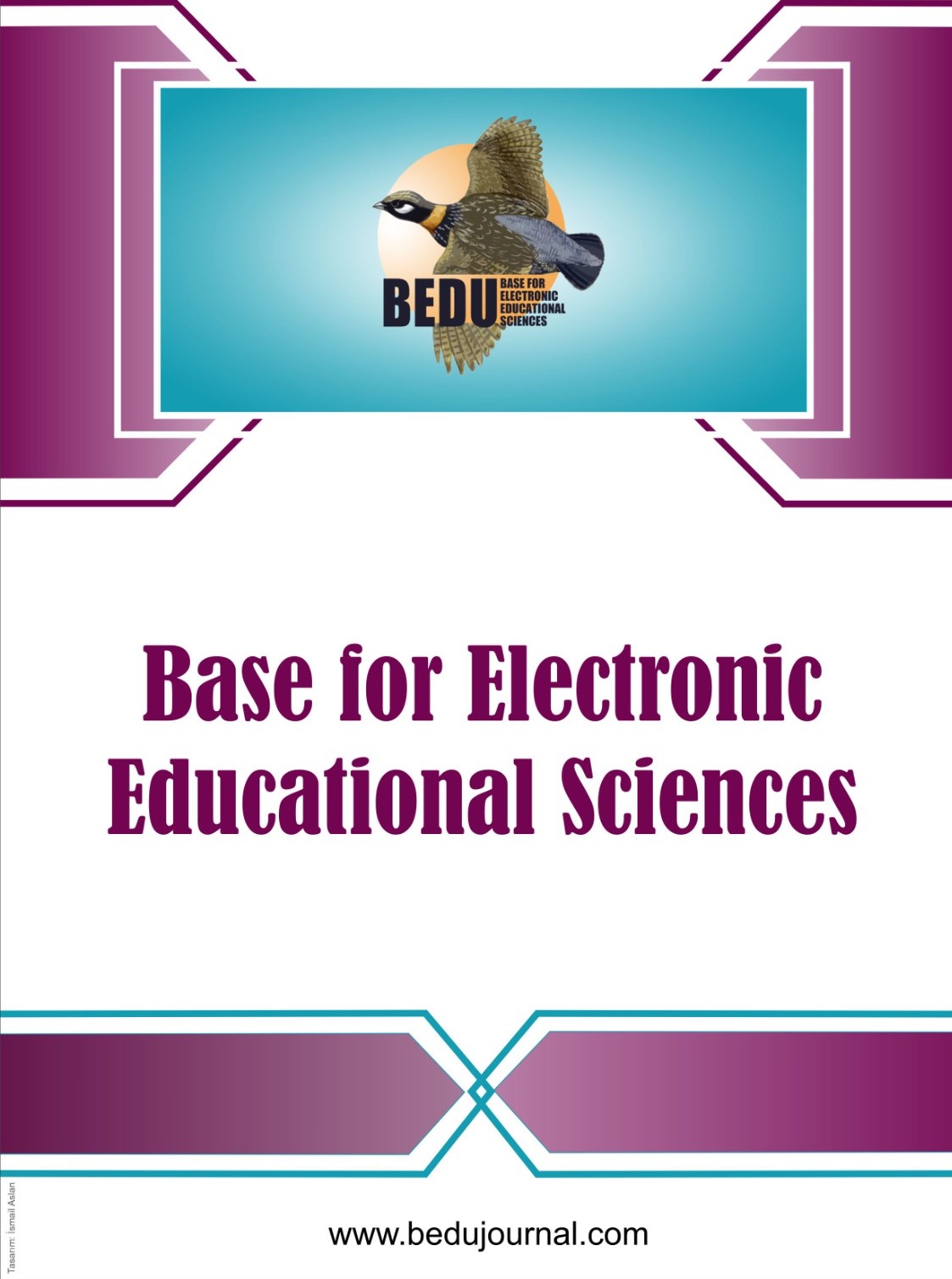Research article | Open Access
Base for Electronic Educational Sciences 2025, Vol. 6(1) 91-103
Bibliometric Analysis Augmented by Artificial Intelligence: Implementation of pyBibX and a Practical Guide
pp. 91 - 103
Publish Date: March 30, 2025 | Single/Total View: 224/84 | Single/Total Download: 271/91
Abstract
In addition to providing performance-based information on variables such as author, journal, and country, bibliometric analysis studies can provide in-depth insights into trends in the field by creating scientific maps through text mining based on keywords, titles, and abstracts. Various software such as Vosviewer, Bibliometrix, SciMAT, BipExcel, and CiteSpace are frequently used in such analyses. However, these programs fall short when it comes to manipulating data or merging publications from different databases. The aim of this article is to provide an overview of the pyBibX application and its main features, as well as to examine the studies published in the Journal of National Education in terms of various variables. This will be achieved by using the potential benefits and effects of artificial intelligence-supported bibliometric analysis on the Scopus database data of these studies as an example. With the analysis carried out for this purpose, it is shown how the distribution of academic productivity in the journal according to years, keywords, and thematic clusters can be done with the pyBibx application.With the analysis carried out for this purpose, it is shown how the distribution of academic productivity in the journal according to years, keywords, and thematic clusters can be done with the pyBibx application. The application revealed that the journal, particularly in the post-pandemic periods, prominently featured themes such as distance education and digital transformation.
Keywords: bibliometrics analysis, bibliometrics tools, pyBibx, artificial intelligence, Journal of National Education
APA 7th edition
Balikci, H.C. (2025). Bibliometric Analysis Augmented by Artificial Intelligence: Implementation of pyBibX and a Practical Guide. Base for Electronic Educational Sciences, 6(1), 91-103.
Harvard
Balikci, H. (2025). Bibliometric Analysis Augmented by Artificial Intelligence: Implementation of pyBibX and a Practical Guide. Base for Electronic Educational Sciences, 6(1), pp. 91-103.
Chicago 16th edition
Balikci, Hasan Celal (2025). "Bibliometric Analysis Augmented by Artificial Intelligence: Implementation of pyBibX and a Practical Guide". Base for Electronic Educational Sciences 6 (1):91-103.
Aksoy, M., & Bush, A. (2024). A Bibliometric Analysis of Trust in Conversational Agents over the Past Fifteen Years (No. arXiv:2408.16837). arXiv. https://doi.org/10.48550/arXiv.2408.16837
Aria, M., & Cuccurullo, C. (2017). bibliometrix: An R-tool for comprehensive science mapping analysis. Journal of Informetrics, 11(4), 959-975. https://doi.org/10.1016/j.joi.2017.08.007
Ayna, S., & Şen, Ş. (2024). Kimya Eğitiminde Sorgulamaya Dayalı Öğrenmenin Bibliyometrik Analizi. Milli Eğitim Dergisi, 53(243), Article 243. https://doi.org/10.37669/milliegitim.1242967
Batur, Z., Özdil, Ş., & Özcan, H. Z. (2022). Milli Eğitim Dergisinde Yayımlanan Makalelerin Türkçe Eğitimi Açısından Bibliyometrik Analizi. Milli Eğitim Dergisi, 51(234), Article 234. https://doi.org/10.37669/milliegitim.860666
Donthu, N., Kumar, S., Mukherjee, D., Pandey, N., & Lim, W. M. (2021). How to conduct a bibliometric analysis: An overview and guidelines. Journal of Business Research, 133, 285-296. https://doi.org/10.1016/j.jbusres.2021.04.070
Hajkowicz, S., Sanderson, C., Karimi, S., Bratanova, A., & Naughtin, C. (2023). Artificial intelligence adoption in the physical sciences, natural sciences, life sciences, social sciences and the arts and humanities: A bibliometric analysis of research publications from 1960-2021. Technology in Society, 74, 102260. https://doi.org/10.1016/j.techsoc.2023.102260
Kökçam, A. H., Erden, C., Demir, A. S., & Kurnaz, T. F. (2024). Bibliometric analysis of artificial intelligence techniques for predicting soil liquefaction: Insights and MCDM evaluation. Natural Hazards. https://doi.org/10.1007/s11069-024-06630-0
Lim, W. M., & Kumar, S. (2024). Guidelines for interpreting the results of bibliometric analysis: A sensemaking approach. Global Business and Organizational Excellence, 43(2), 17-26. https://doi.org/10.1002/joe.22229
Moral-Muñoz, J. A., Herrera-Viedma, E., Santisteban-Espejo, A., & Cobo, M. J. (2020). Software tools for conducting bibliometric analysis in science: An up-to-date review. El Profesional de La Información, 29(1). https://doi.org/10.3145/epi.2020.ene.03
Öz, E. (2023). Üst Düzey Düşünme Becerileri ile İlgili Araştırmaların Bibliyometrik Analizi: Türkiye Perspektifi. Milli Eğitim Dergisi, 52(1), Article 1. https://doi.org/10.37669/milliegitim.1308837
Pereira, V., Basilio, M. P., & Santos, C. H. T. (2023). pyBibX -- A Python Library for Bibliometric and Scientometric Analysis Powered with Artificial Intelligence Tools (No. arXiv:2304.14516). arXiv. https://doi.org/10.48550/arXiv.2304.14516
Ramos, E., Lopes, A. G., & Mendonça, F. (2024). Application of Machine Learning in Plastic Waste Detection and Classification: A Systematic Review. Processes, 12(8), Article 8. https://doi.org/10.3390/pr12081632
Tiwari, A., Bardhan, S., & Kumar, V. (2023). A Bibliographic Study on Artificial Intelligence Research: Global Panorama and Indian Appearance (Versiyon 1). arXiv. https://doi.org/10.48550/ARXIV.2308.00705
Uysal, M., Topal, M., & Demir Kaymak, Z. (2024). Artificial Intelligence and Education: An Insight Through Bibliometric Analysis. Yuzunci Yil Universitesi Egitim Fakultesi Dergisi. https://doi.org/10.33711/yyuefd.1381074
Van Eck, N. J., & Waltman, L. (2010). Software survey: VOSviewer, a computer program for bibliometric mapping. Scientometrics, 84(2), 523-538. https://doi.org/10.1007/s11192-009-0146-3
